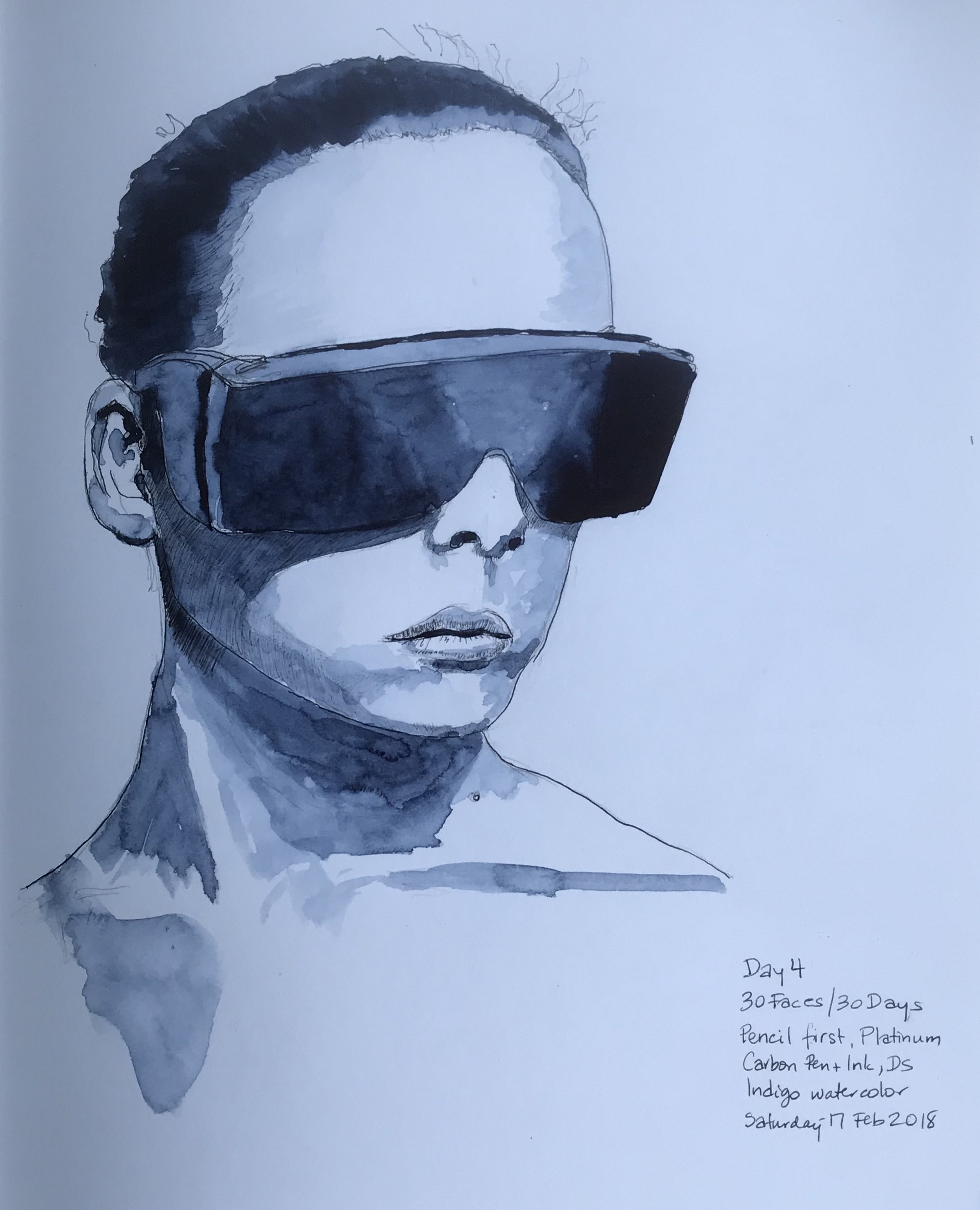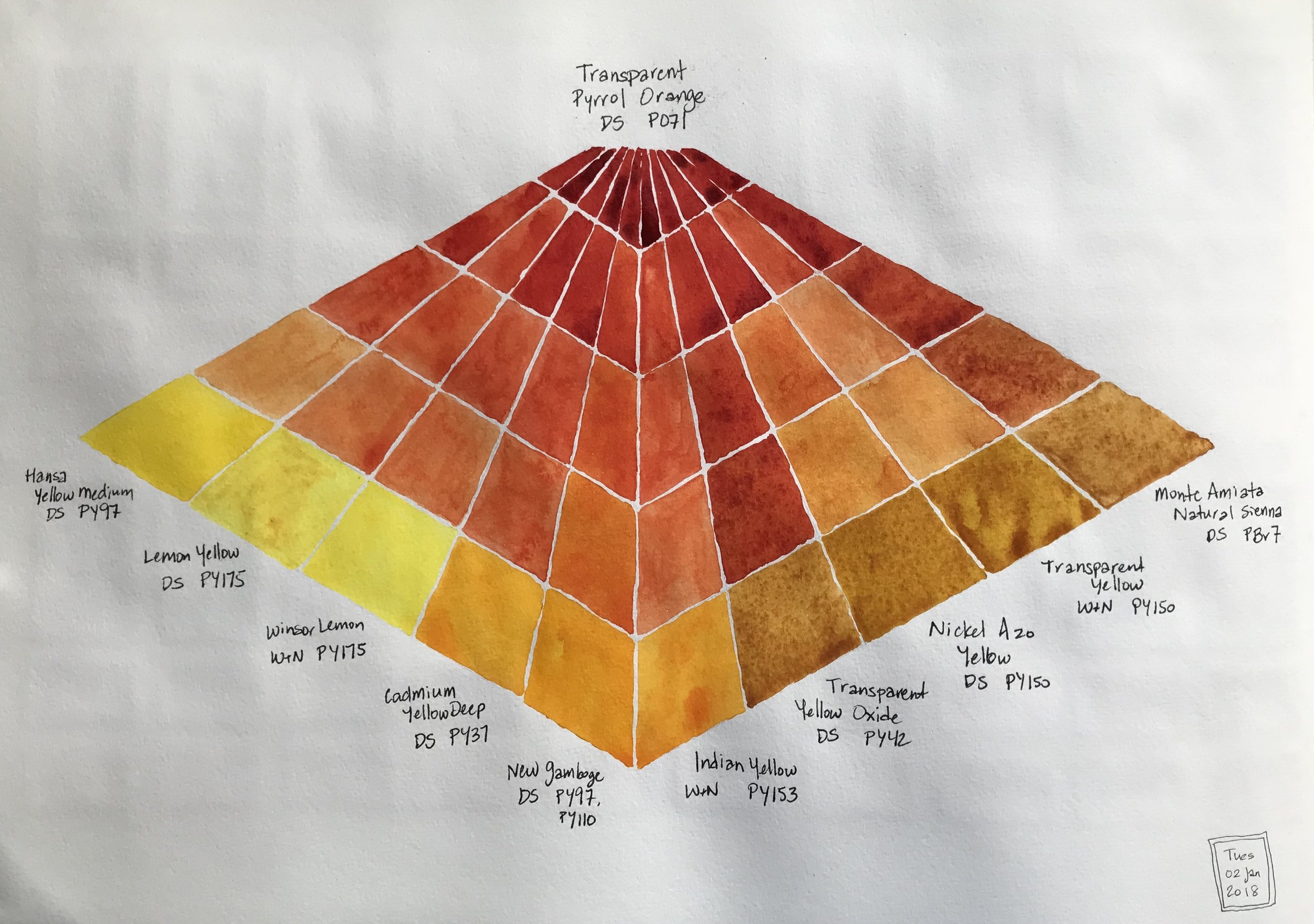Not all art is fabulous. Not everything that an "artist" puts her hands on turns out to be wonderful. Like everything else in life, there is a lot to learn. And when at the beginning of something, it's easy to get frustrated because it's hard to do or doesn't look like you imagine it should. It is easy to get stalled and procrastinate when those feelings come up.
I would like to be better at drawing people. I would like them to be accurate and to have the right kind of proportions a real person would and I'd like them to look natural. Unfortunately and fortunately the only way to get better is to practice, and practice and practice. I joined a February challenge offered by the site Sktchy called #30Faces30Days. They send a new portrait every day and ideally I do that drawing that day. That's not happening, but I do try to at least work on the next face I'm on every day. There's a lot of grumbling, some whining, but there's also a lot of satisfaction as I work through the faces.
The above portrait is my drawing of the below person. I started with pencil, then did all the hard edges with my Platinum Carbon pen and ink and did some shading. Finally I added various washes of indigo watercolor. Onto the next portrait.









